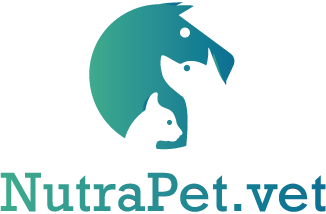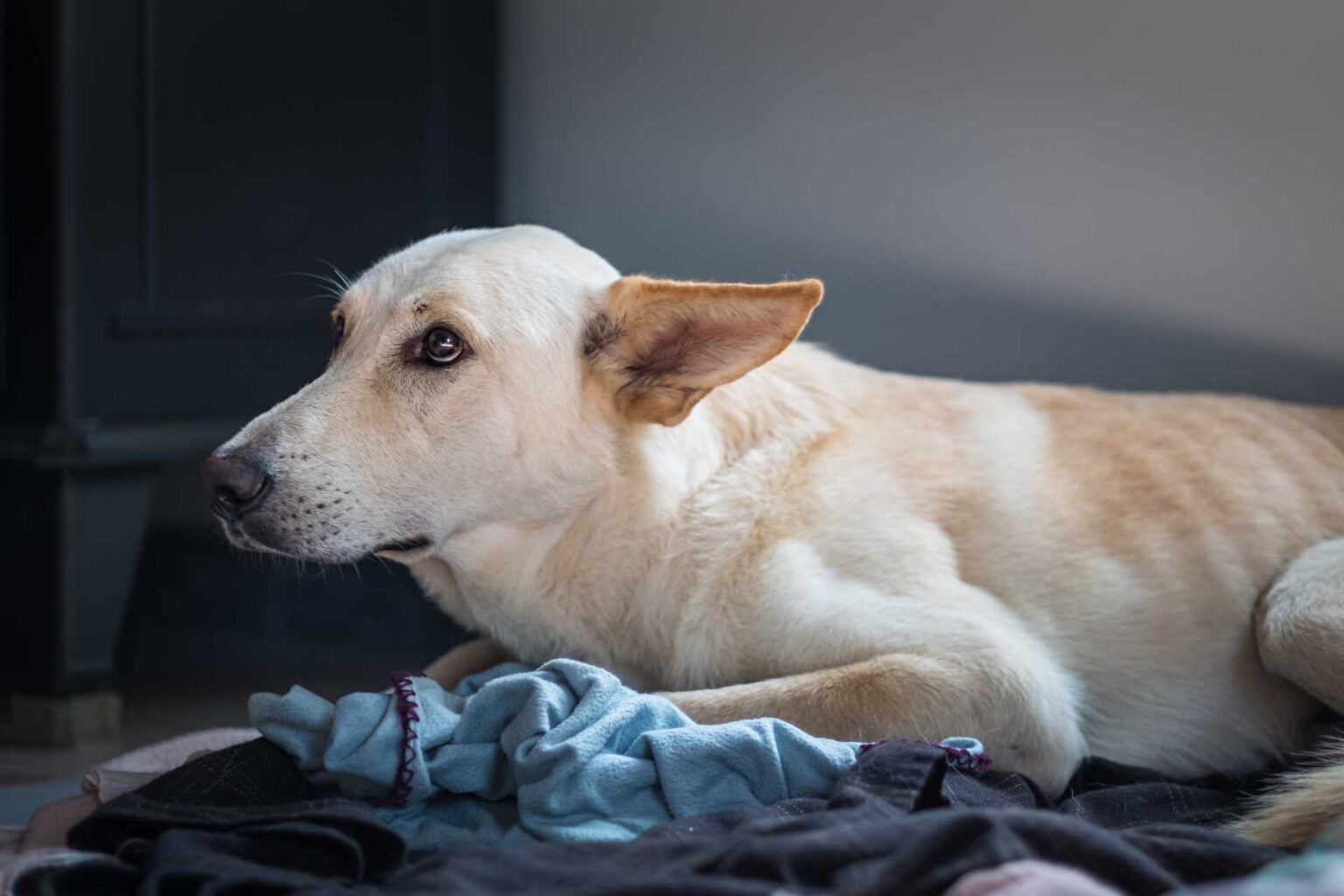In the presence of chronic arthritis, the gut microbiota of dogs is altered. Whether these alterations are among the predisposing factors for the disease or among the consequences, however, remains to be clarified.
This is shown by an all-Italian study by Michela Cintio and colleagues at the University of Udine, published in Veterinary Sciences.
Even in dogs, there are numerous studies showing some relationship between the gut microbiome and local or extra-site inflammatory diseases, including autoimmune diseases such as arthritis. Indeed, dense and bidirectional is the dialogue between our commensal microorganisms and our bodies, a dialogue mainly mediated by metabolites produced by the microbiota itself.
The researchers here therefore decided to focus on osteoarthritis, a chronic disease involving cartilage degradation, altered bone tissue growth, inflammation, pain, and loss of motor function. Considering its symptomatology and clinical manifestations, a bacterial involvement cannot be ruled out, as this has already been shown to play an important role in other inflammatory-based diseases with similar picture. In what terms this alleged relationship takes place, however, remains to be understood.
The study
Thus, hematologic parameters, fecal microbiome composition and bacterial fermentation products (short-chain fatty acids or SCFAs) of dogs with hip or elbow arthritis (n=14, AD group) vs healthy controls (n=13) were evaluated in this study. Sample collection was conducted at baseline and after 45 days (T45) of a controlled diet rich in omega-3 fatty acids, which are beneficial for joint health. Here is what was seen.
Starting from biochemical analysis, it was shown that:
- C-reactive protein, urea, albumin and lipase are significantly higher in the AD group. Higher also cholesterol levels at T45
- general increase in creatine at T45 contrasted with a parallel time-dependent decrease in total bilirubin although levels were still shown to be higher in controls
- with reference to liver parameters, in the AD group alanine transaminase (ALT) showed an increase; a decrease, however, for aspartate transaminase (AST)
- for alkaline phosphatase (ALP) and creatine kinase (CK) there was a time-dependent decrease in controls. Gamma-glutamyl transferase (GGT) increased instead.
- alterations also in minerals with a time-dependent increase in calcium and chlorine. Decreased instead potassium and magnesium, statistically more present in controls
- Significantly higher in the AD group levels of vitamin B12 and folate accompanied by lactate, isovalerate and butyrate
Comparing then the fecal bacterial characteristics:
- Bacterial diversity and richness at the family level, not at the gender level, were distinct
- in controls significantly higher expression of the families Paraprevotellaceae, Porphyromonadaceae, and Mogibacteriaceae as well as the genera Parabacteroides, Phascolarctobacterium, and p_75_a5 was shown. The family Peptococcaceae (genus Peptococcus) and Succinivibrionaceae (genus Anaerobiospirillum) follow.
- In contrast, Megamonas showed higher levels in the AD group.
Conclusions
To conclude then, dogs with osteoarthritis have not only altered biochemical parameters but also a peculiar bacterial composition with potential involvement in joint degeneration. However, it is not possible on the basis of these data alone to assign an etiopathological role to the bacterial changes observed here. Further investigation is therefore necessary.












